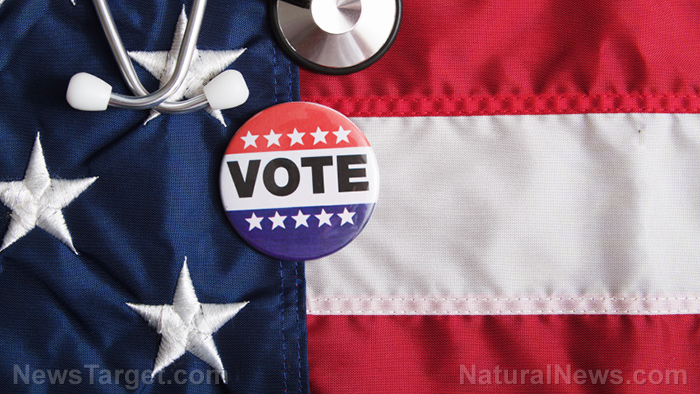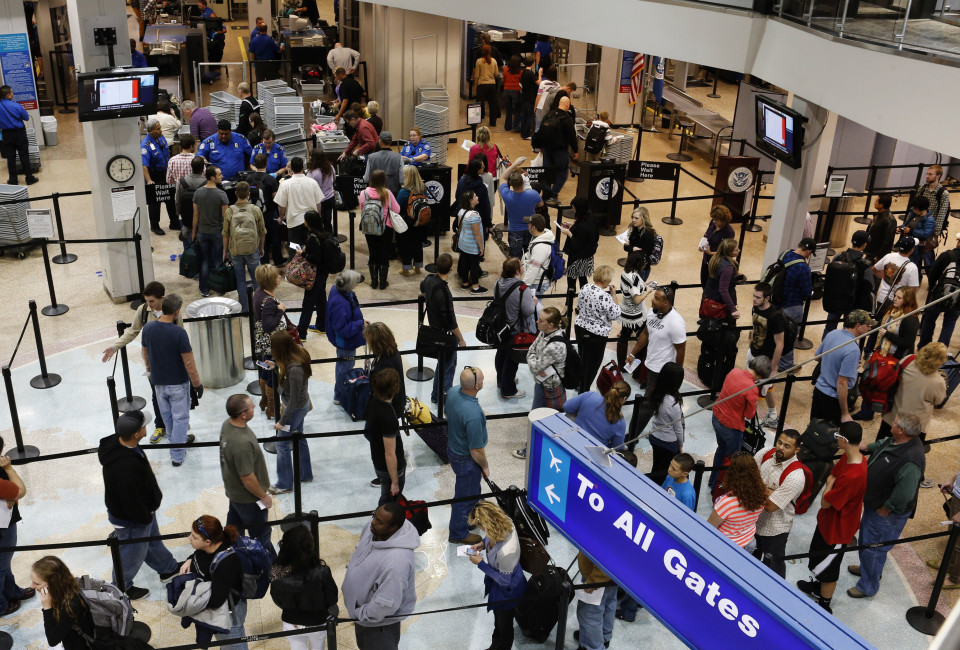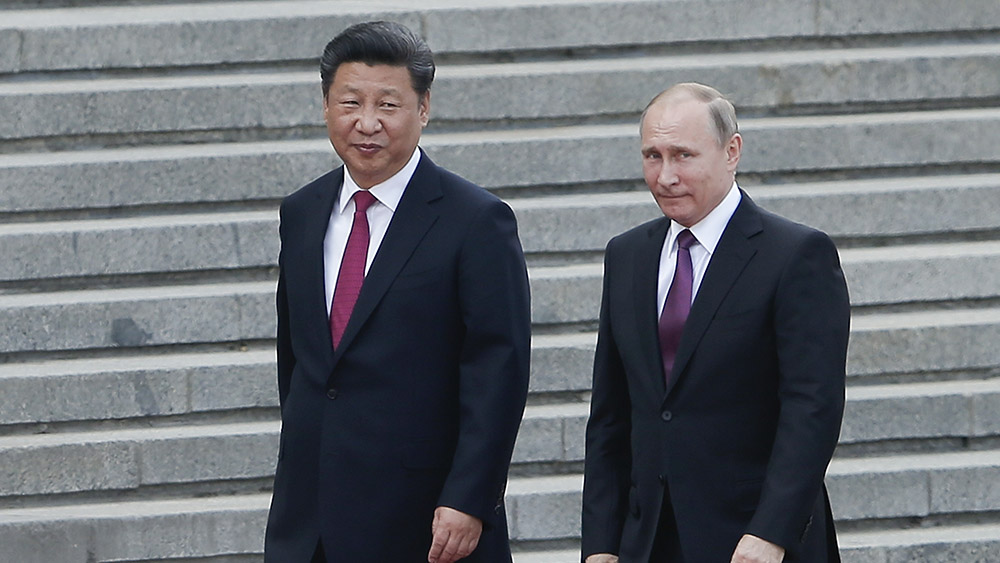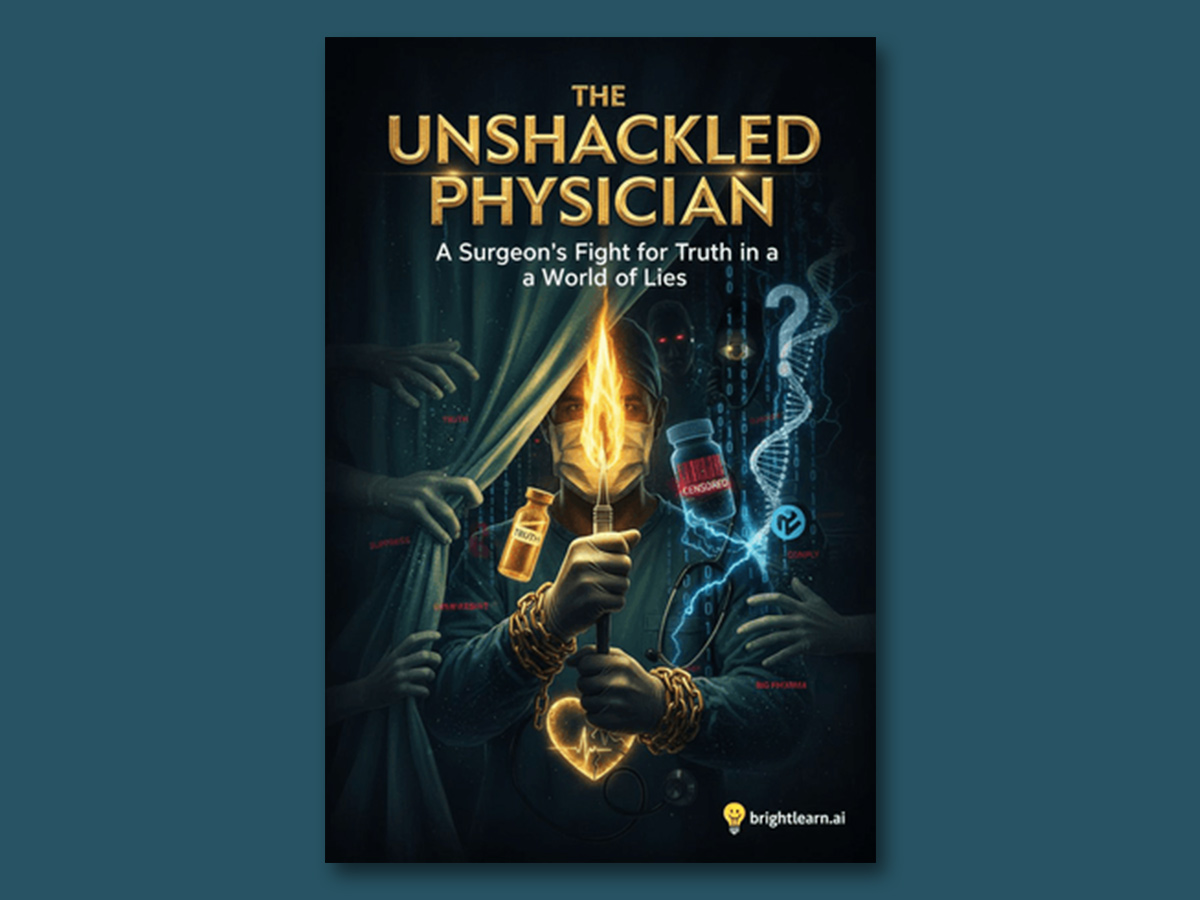CDC advisers voted on an RSV antibody using incomplete and intentionally manipulated data hiding seizure and death risks
By ljdevon // 2025-08-25
Tweet
Share
Copy
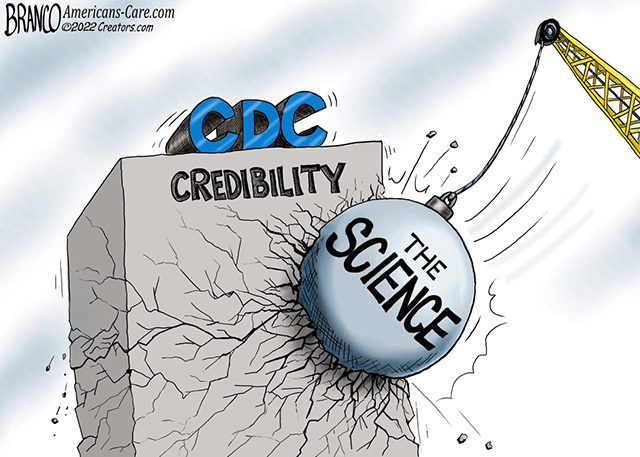
When the Advisory Committee on Immunization Practices (ACIP) goes to vote, the fate of millions of infants hangs on their advice. The advisers around the table are trusted experts, the data before them is supposed to be thorough, and the decision—whether to recommend a new medical treatment for every healthy newborn—carries irreversible consequences. Now imagine learning, months later, that the very data shaping that vote may have been distorted, that key safety signals were buried, and that the experts themselves were kept in the dark about critical risks. This isn’t a hypothetical scenario. It’s exactly what unfolded at an ACIP meeting in June 2025, when members voted to recommend Merck’s new RSV monoclonal antibody, clesrovimab, for widespread use in newborns.
The vote passed 5 to 2, but the foundation of that decision is now crumbling under the weight of new revelations. Independent analyses by investigative journalists and researchers suggest that the safety data presented to ACIP was incomplete, selectively framed, and in some cases, outright misleading. At the heart of the controversy is a troubling question: How could a committee tasked with protecting public health make such a consequential decision without seeing the full picture?
Key points:
- ACIP voted 5-2 to recommend Merck’s RSV antibody, clesrovimab, for all healthy newborns, despite dissent from members who cited unresolved safety concerns.
- Critical data on seizures and deaths was withheld or downplayed in the CDC’s presentation, including a fourfold increase in seizure risk when infant age groups were analyzed together—information never shown to the committee.
- Multiple clinical trials for RSV antibodies showed more deaths in treatment groups than controls, yet these imbalances were dismissed as "unrelated" without transparent breakdowns of causes or timing.
- Independent researchers found temporal clusters of infant deaths in France that aligned with nirsevimab distribution, a signal omitted from ACIP’s briefing.
- The CDC relied solely on one surveillance system (VSD) while ignoring VAERS and international data, creating a reporting blind spot that may hide adverse events.
- ACIP members now question whether they can trust future CDC presentations, with one adviser declaring he will no longer assume the data is "transparent, accurate, and unbiased."
- The financial and legal protections for vaccine manufacturers—including immunity from liability—may incentivize rushed approvals and suppression of safety concerns.
The vote that wasn’t what it seemed
When Dr. Robert Malone, a member of ACIP, cast his vote in favor of recommending clesrovimab, he did so under the assumption that the data before him had been rigorously vetted. Like his colleagues, he had mere hours to review complex presentations the day before the meeting. What he didn’t know was that key safety signals had been fragmented, diluted, or omitted entirely. The most glaring example? Seizure risk in infants. During the meeting, ACIP members were shown data from the CDC’s Vaccine Safety Datalink (VSD), which tracked seizures in infants who received nirsevimab, a nearly identical RSV antibody already on the market. The data was split into two age groups:- 0 to 37 days old: 3.5 times higher seizure risk (labeled "not significant").
- 38 days to under 8 months old: 4.38 times higher seizure risk (also "not significant").
The deaths no one wanted to see
If the seizure data was troubling, the mortality imbalances in clinical trials were downright alarming. Across four separate trials for nirsevimab and clesrovimab, one pattern emerged again and again: More infants died in the treatment groups than in the placebo groups.- Nirsevimab trials: 12 deaths among 3,710 infants who received the antibody, compared to 4 deaths among 1,797 controls.
- Clesrovimab trials: 15 deaths in treatment groups versus 7 in controls.
A broken system now being held accountable by independent journalists
At its core, this controversy isn’t just about one vaccine or one meeting. It’s about a broken system where:- Pharmaceutical companies enjoy near-total liability protection under the National Vaccine Injury Compensation Program, removing financial incentives to prioritize safety.
- Regulatory agencies like the CDC and FDA rely on the same industry-funded data they’re supposed to scrutinize, creating inherent conflicts of interest.
- Advisory committees like ACIP are given incomplete, cherry-picked information, leaving members to make billion-dollar decisions in the dark.
- Safety surveillance systems are fragmented, with RSV antibodies split between VAERS and MedWatch depending on how they’re administered—meaning adverse events can slip through the cracks.
- Dissent is punished. Doctors who question vaccine safety face licensing threats, while researchers who uncover inconvenient data are ignored or discredited.
Tweet
Share
Copy
Tagged Under:
medical ethics Parental rights vaccine mandates vaccine safety health freedom data manipulation CDC corruption infant deaths medical transparency AstraZeneca public health fraud ACIP vote nirsevimab RSV antibody clesrovimab seizure risk pharmaceutical liability VAERS failures Merck controversy FDA oversight clinical trial deaths
You Might Also Like
Trump announces executive order to mandate voter ID nationwide
By Willow Tohi // Share
Alberta launches digital wallet for government IDs, raising privacy and future mandate concerns
By Belle Carter // Share
Key facts unveiled: The dark side of HPV vaccines
By Willow Tohi // Share
President Trump bails on the constitution
By News Editors // Share
Recent News
Iran conducts surprise missile drills amid rising tensions with Israel
By kevinhughes // Share
Kremlin denies reports of plans to "restore Soviet influence"
By bellecarter // Share
How AI news bots are quietly reshaping public opinion
By avagrace // Share
The Unshackled Physician: A surgeon's awakening to medical tyranny
By ramontomeydw // Share
